13 Shoes Everyone Regrets Wearing Once the Leaves Start Falling
As the leaves begin to fall and the weather cools, many people realize their favorite shoes from the warmer months are no longer suitable for the season. What seemed like the perfect footwear just a few weeks ago can quickly become uncomfortable or impractical once fall arrives. From cold feet to slippery soles, certain shoes just do not make the cut when the temperature drops. Whether it’s the lack of warmth or inadequate protection from the elements, some shoes simply aren’t designed for fall’s unpredictable weather.
This post may contain affiliate links, which helps keep this content free. Please read our disclosure for more info.
Ballet Flats
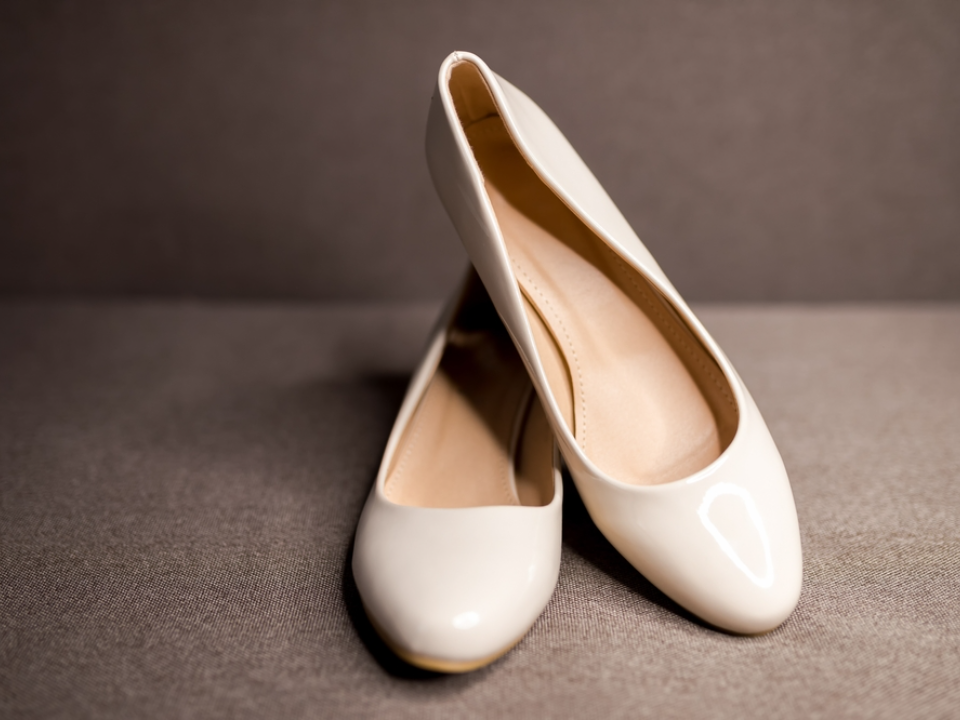
Ballet flats are a classic, easy-to-wear choice for spring and summer, but once the cooler months hit, they can leave your feet feeling exposed and uncomfortable. The flat sole does not offer much insulation, which can lead to chilly toes when temperatures drop. These shoes often lack the support needed for long walks, especially as the weather gets colder and rainier. Without proper protection, your feet may end up getting wet or cold, which can lead to discomfort or even sickness.
Additionally, ballet flats offer little traction, making them slippery when walking on wet leaves or slick sidewalks in the fall. They also tend to wear out quickly, particularly when exposed to muddy or damp conditions. As a result, many people regret wearing them during the fall months when they realize they are not built for cooler, wetter weather. The typical price range for ballet flats is around $30-$80, depending on the brand and quality.
White Sneakers
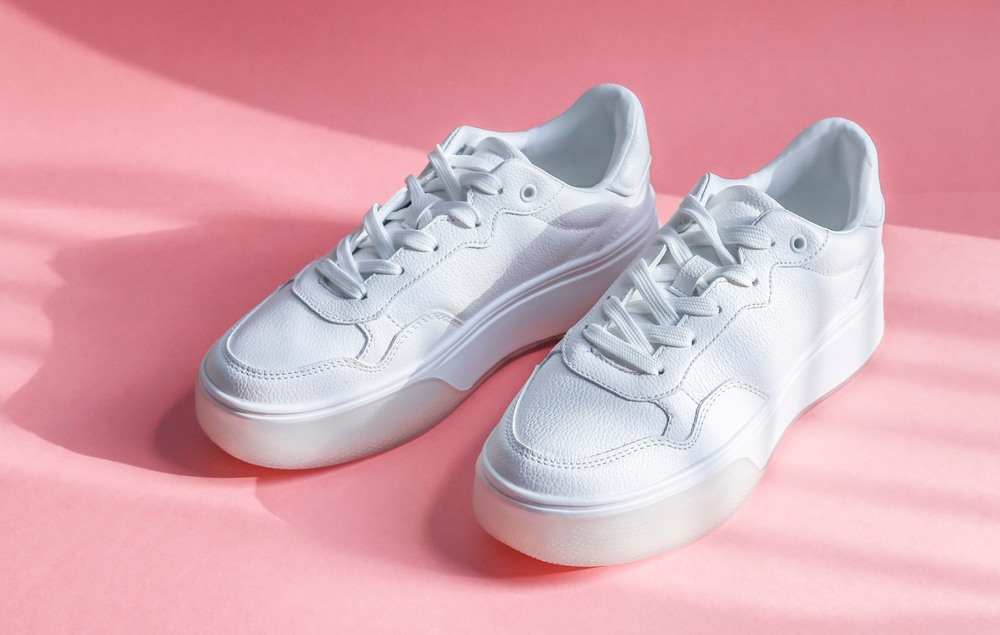
White sneakers are stylish and versatile, but they are often impractical for fall weather. While they may be suitable for dry, sunny days, they show dirt and stains easily, especially when walking through wet leaves or mud. The white material also lacks the insulation needed for colder temperatures, which can lead to discomfort in the fall chill. As soon as the rain begins, white sneakers can look worn out and dirty, leaving you with shoes that no longer have the fresh, clean appearance they once did.
In addition to the aesthetic issues, white sneakers often lack the waterproofing necessary for keeping your feet dry during wet weather. Many people regret wearing them once they realize how easily they get ruined when exposed to moisture or dirt. If you are someone who enjoys keeping their shoes pristine, white sneakers may not be the best choice for the fall. The typical price range for white sneakers is $50-$150, depending on the brand and design.
Canvas Sneakers
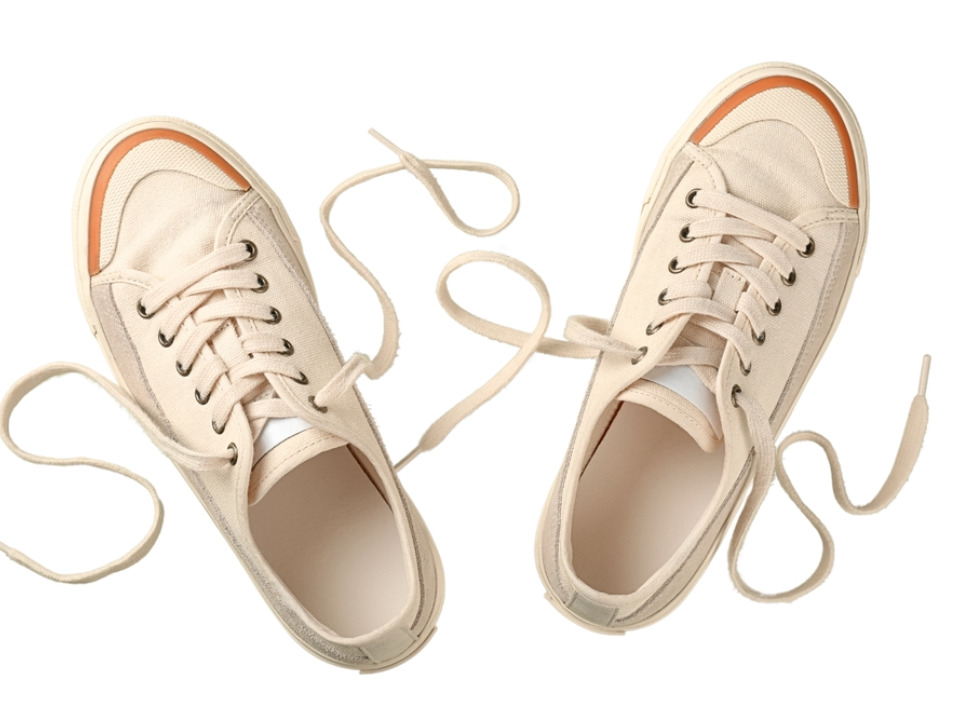
Canvas sneakers are lightweight and breathable, making them an ideal summer option. However, once fall arrives, they do not provide the warmth and protection your feet need. The thin fabric can allow cold air and moisture to seep through, leaving you with uncomfortable, cold feet. These shoes are also notoriously bad at handling rain, as the material can absorb moisture, causing your feet to get soaked.
Canvas sneakers also lack the grip necessary for walking on wet or slippery leaves. In the fall, leaves can create a slick surface, and without proper traction, it becomes easy to slip. Many people regret wearing canvas sneakers in the fall, as they realize the lack of insulation and support makes them less suitable for the changing weather. You can typically find canvas sneakers for around $20-$60.
High Heels
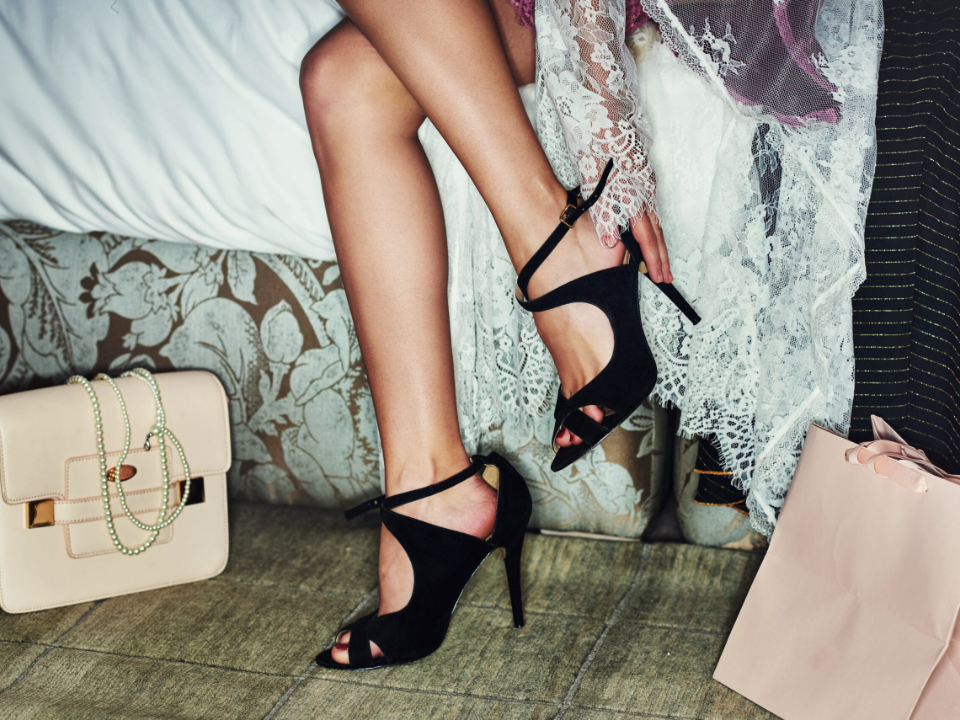
High heels are a fashion statement, but they can quickly become impractical in fall. When the weather turns colder and the ground becomes wet and slippery, high heels offer little stability or comfort. The thin heels can get caught in wet leaves or uneven ground, increasing the risk of injury. In addition to being hard to walk in on slippery surfaces, high heels can be uncomfortable when worn for extended periods during cooler weather.
Once the leaves start falling, most people regret wearing high heels because of the challenges they face walking on slick surfaces. The lack of warmth and support makes them a poor choice for fall weather. For those who still wish to wear heels in the fall, opting for a lower, more supportive heel or a boot with a thicker sole can be a better option. The price for high heels typically ranges from $50 to $200, depending on the brand and design.
Mules
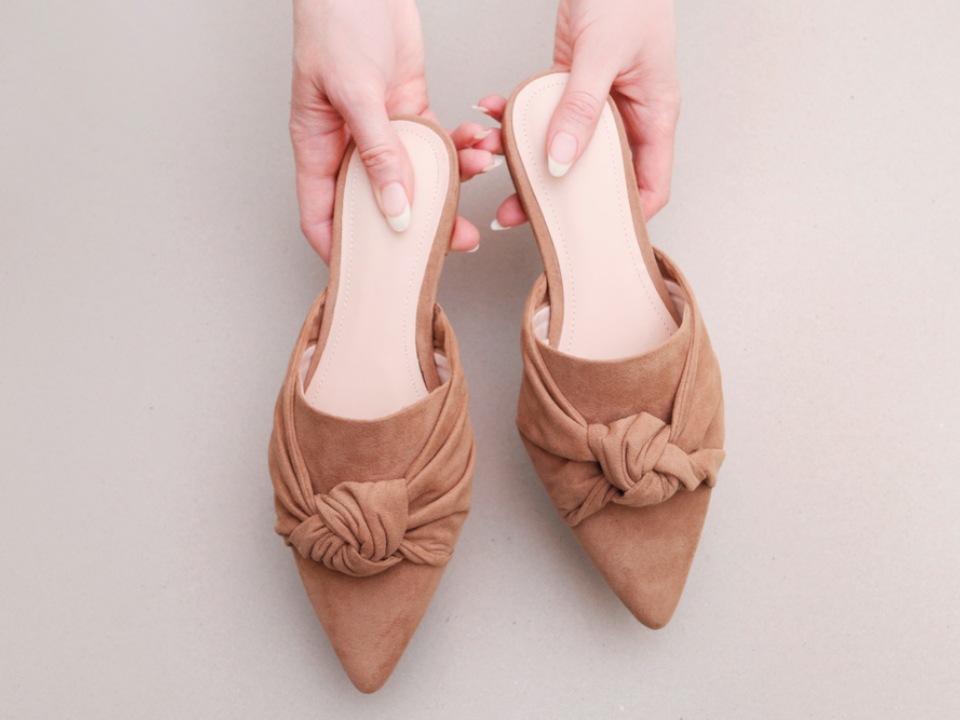
Mules are fashionable and convenient, but they are far from practical once the fall weather arrives. The open-back design leaves your heels exposed to the cold and elements, making them unsuitable for the chillier months. Without a secure fit around the ankle, mules can slip off easily, especially when navigating wet or slippery surfaces. They also offer little warmth or protection from the weather, which can leave your feet cold and uncomfortable.
While mules may still be suitable for early fall, they quickly become less ideal as the season progresses. People who wear mules during this time often regret not switching to more supportive and weather-appropriate footwear. If you plan to wear mules in the fall, make sure they have some form of insulation or protection to keep your feet warm and dry. Mules can cost anywhere between $30 and $100, depending on the material and brand.
Loafers
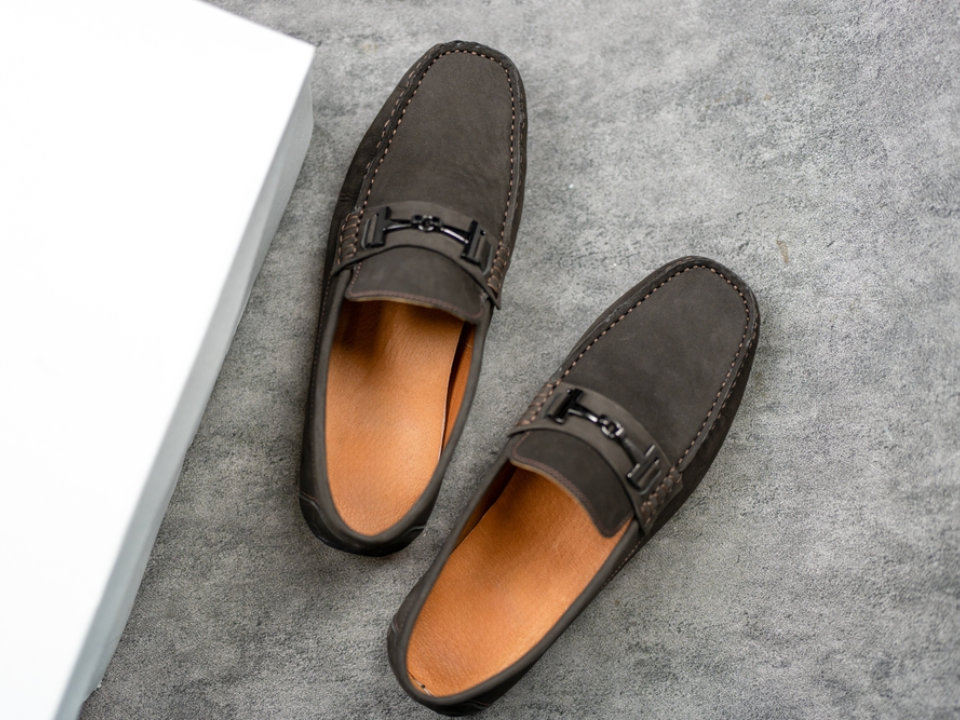
Loafers are often chosen for their comfort and stylish appeal, but they can be ill-suited for fall weather. These slip-on shoes are typically made from leather or suede, materials that can get ruined in wet conditions. Without the added insulation or waterproofing, loafers do little to protect your feet from the cooler temperatures or moisture. As the weather changes, people often regret wearing them because their feet can get cold and wet.
Additionally, loafers do not provide much grip on slippery surfaces, which makes them dangerous to wear on rainy days. They are better suited for milder weather and indoors. For those who love the style of loafers but need them for fall, consider investing in waterproof versions or boots with similar designs. Loafers typically range in price from $50 to $200.
Wedges
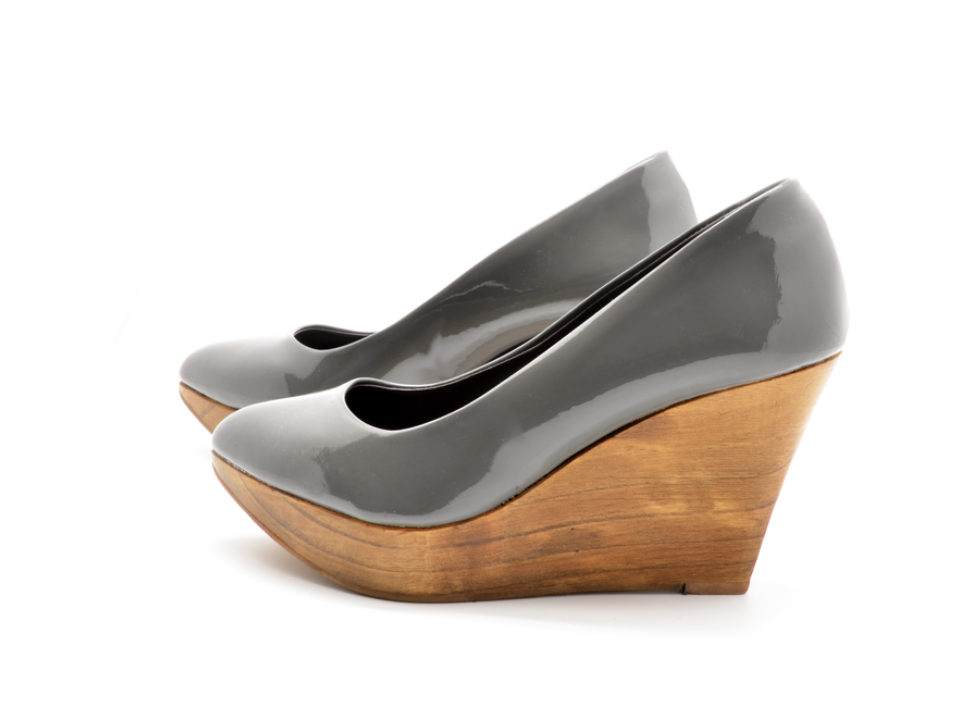
Wedges are a popular choice for added height without the discomfort of stilettos. However, once fall arrives, wedges can be a less-than-ideal choice. The thick, often wooden heel lacks the flexibility needed for navigating wet or uneven terrain, making them prone to slipping on wet leaves or icy patches. Additionally, their open-toe or open-heel designs leave your feet exposed to the cold, leading to discomfort.
As the temperature drops, many people find that wedges no longer provide the warmth or comfort needed for fall activities. Their style may still be appealing, but they simply are not suitable for the weather conditions. For better protection, consider switching to a closed-toe shoe with a thicker, non-slip sole. Wedges typically range from $30 to $120 depending on the brand and design.
Espadrilles
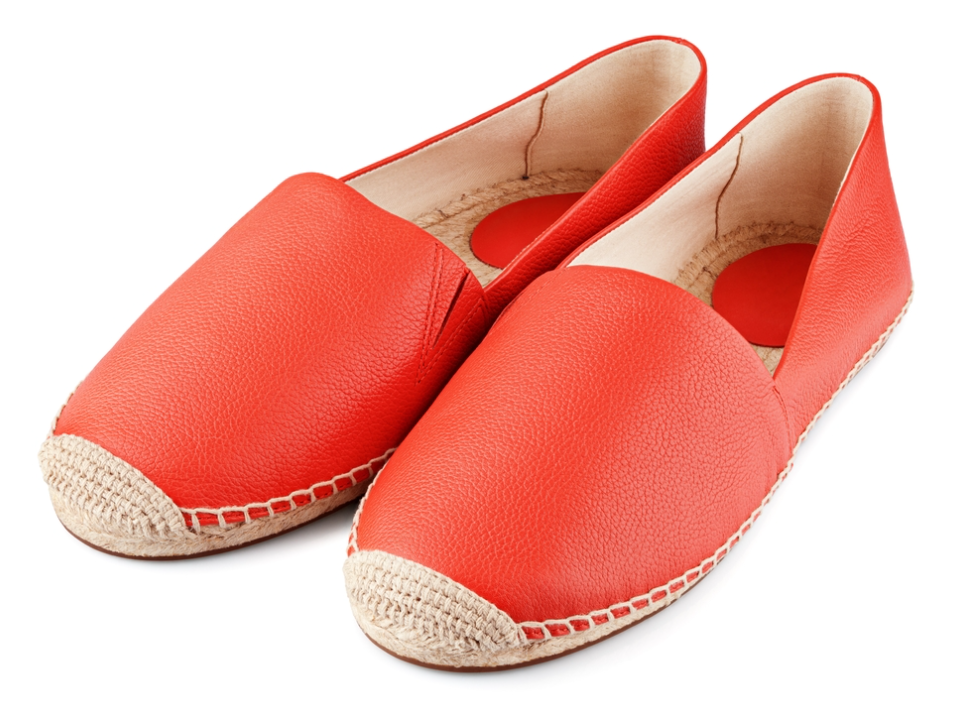
Espadrilles are breezy and lightweight, often made with canvas or cotton materials, making them a favorite for summer. However, when the weather turns colder, they become impractical. The open design, often with a jute sole, provides minimal protection from the chill or wet ground. They do not offer sufficient warmth or insulation as the fall weather sets in, and they can quickly become soaked during a rainy day.
Additionally, espadrilles lack the necessary traction to keep you steady on slippery leaves or wet pavement. For those who prefer this style, it may be better to switch to a more weather-appropriate shoe as soon as the weather changes. Espadrilles typically cost between $25 and $70 depending on the brand and quality.
Ugg Boots
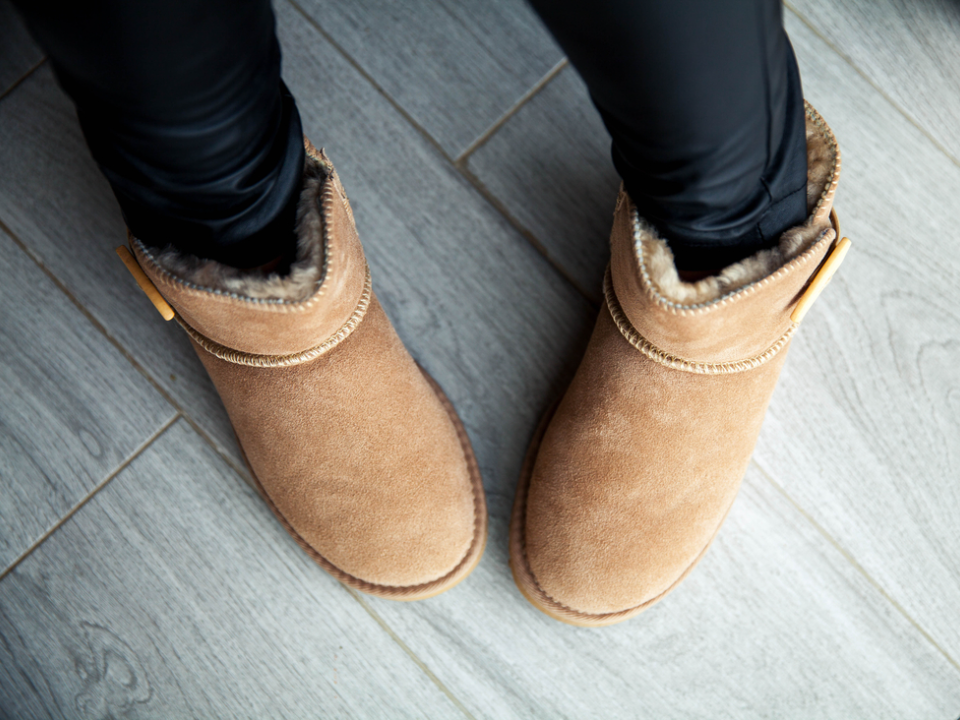
Ugg boots may seem cozy and warm, but they are often regretted once the fall season fully sets in. While they provide warmth, the soft, sheepskin lining can absorb moisture, making them unsuitable for rainy or snowy weather. If exposed to wet conditions, Ugg boots can quickly become soggy and uncomfortable, leading to regret. The lack of waterproofing and proper insulation means that your feet can get cold and damp, even in cooler fall temperatures.
Additionally, Ugg boots are often bulkier and lack the style versatility that other fall boots offer. They can be hard to pair with various outfits, and their casual appearance may not always be appropriate for more formal occasions. Ugg boots typically range from $100 to $250, depending on the style and material.
Moccasins
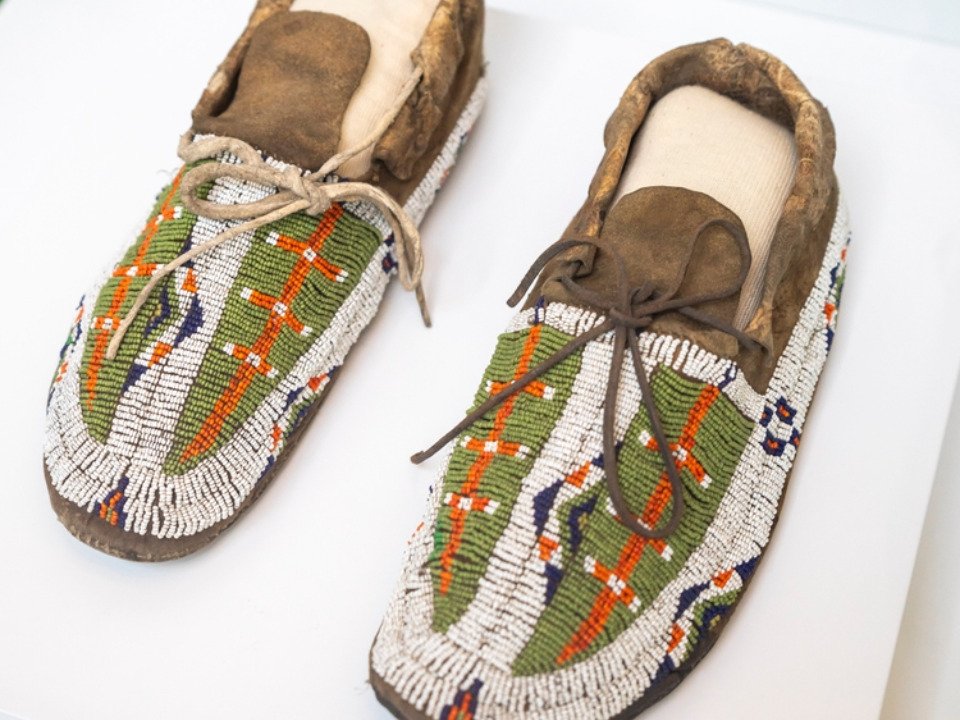
Moccasins, often associated with comfort and warmth, can be great for lounging indoors. However, they are not the best choice for the fall outdoors. The soft, flexible material lacks the durability needed to withstand wet weather, and they offer little protection against the cold or rain. When exposed to moisture, moccasins can absorb water quickly, leading to uncomfortable, soggy feet.
While they may be great for indoor wear, those who wear moccasins outdoors during fall often regret the decision once they realize their feet are getting wet and cold. If you want the comfort of moccasins but need outdoor protection, opting for a waterproof version or switching to a sturdier shoe would be a better choice. Moccasins typically cost between $40 and $100.
Cowboy Boots
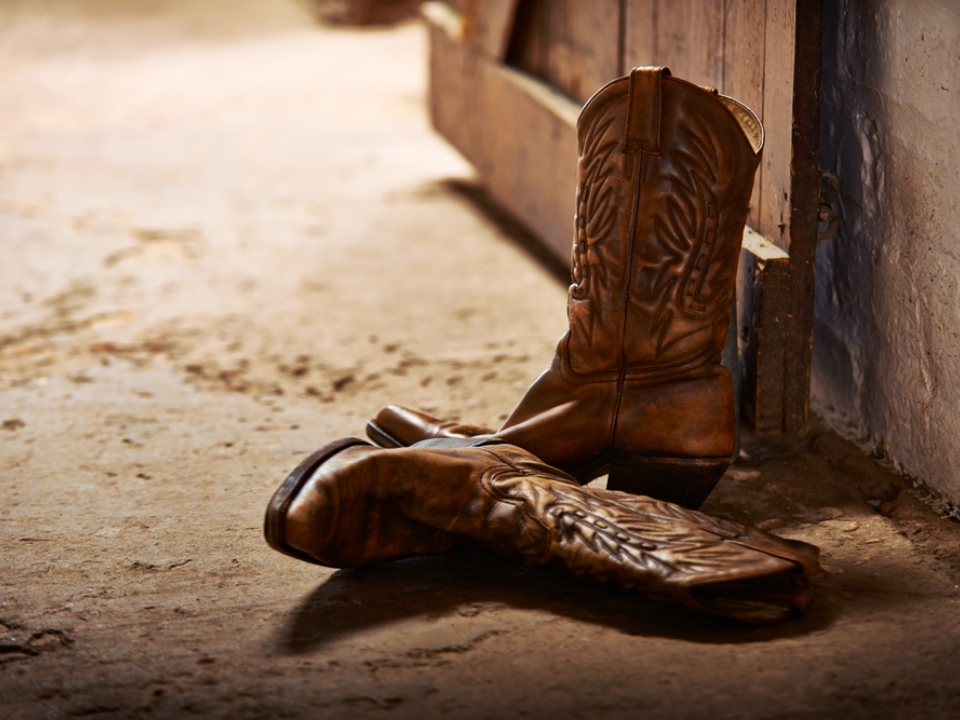
Cowboy boots are stylish and can be quite functional in dry conditions, but once fall arrives, they may not be the best choice. While they offer some protection from the elements, the leather material can absorb water, leaving your feet cold and wet during rainstorms. The high shaft design also makes it difficult to walk in wet or muddy conditions, and their rigid construction can be uncomfortable when traversing slippery surfaces like wet leaves.
Many people regret wearing cowboy boots in the fall because they quickly realize that they do not offer the flexibility or weatherproofing needed for the season. If you are set on wearing them, consider looking for waterproof versions or styles with a more weather-appropriate design. Cowboy boots can range in price from $80 to $300, depending on the quality of the leather and brand.
Running Shoes
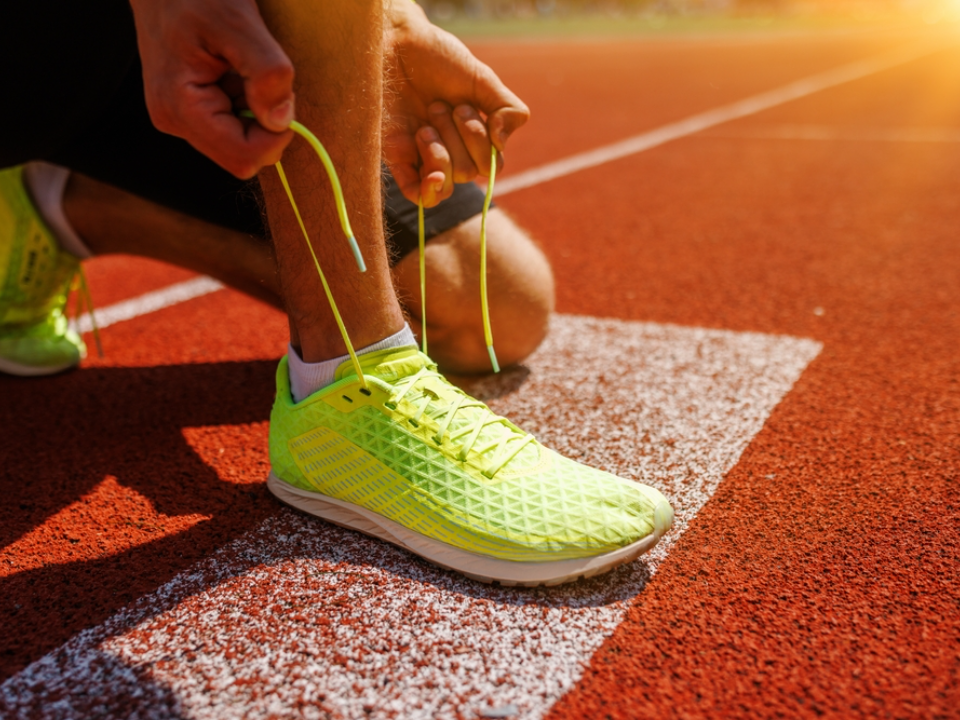
Running shoes are designed for comfort and performance, but they are not always the best option once fall weather sets in. The lightweight construction and breathable materials that make running shoes ideal for warm weather leave your feet vulnerable to the cold in fall. They often lack the insulation needed for cooler temperatures, and their soles are not designed for the slick conditions that can occur on wet leaves or icy sidewalks.
While running shoes provide ample comfort for outdoor activities, many people regret wearing them when they realize they are not suitable for colder or wetter weather. If you are a runner, it’s important to invest in a pair of shoes designed for the changing seasons, such as those made specifically for running in the rain or snow. Running shoes typically cost anywhere from $50 to $120.
Clogs
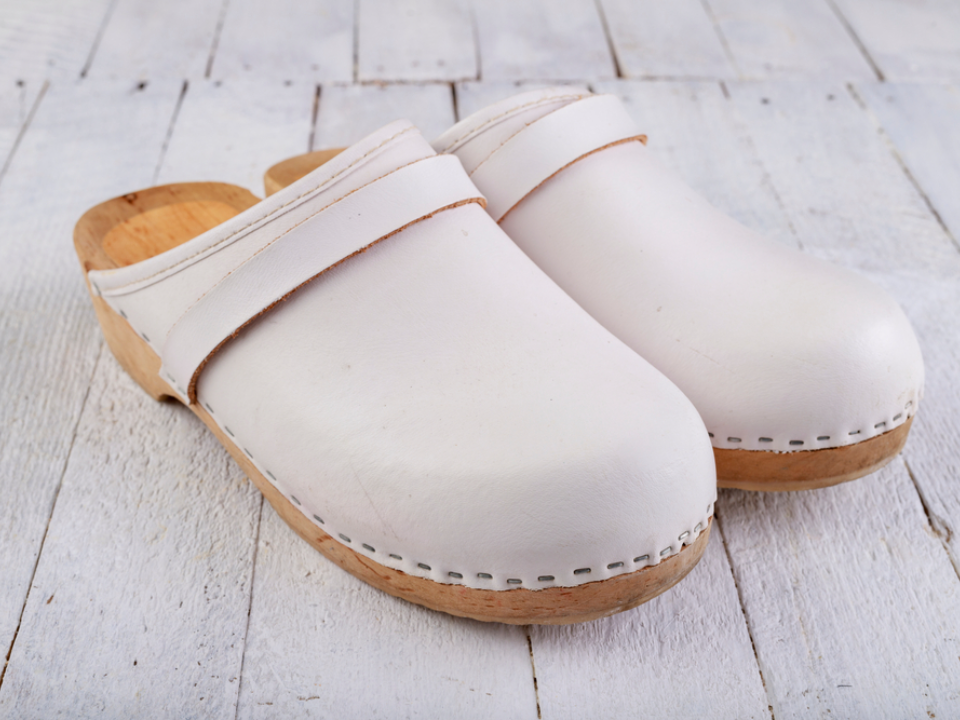
Clogs are practical and often comfortable, but they are far from ideal for fall weather. Many clogs are made from hard plastic or wood, which do not provide much warmth once the temperatures drop. They also tend to lack traction, making them slippery when walking on wet leaves or slick surfaces. The open-back design means your feet can get cold, especially when there is a chill in the air.
While clogs can still be useful for light indoor wear or as a quick outdoor option, they quickly become less practical when the weather turns. Many people regret wearing them outdoors during the fall because they fail to keep their feet warm or dry. Clogs typically cost between $25 and $80.
This article originally appeared on Avocadu.
